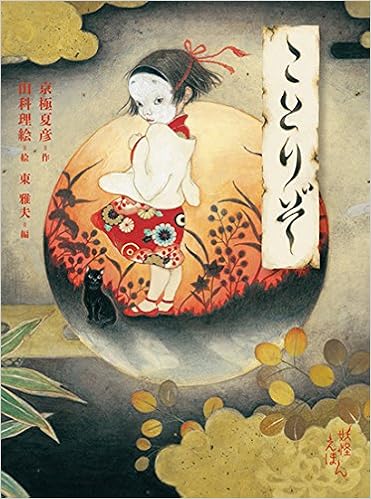(Please note! I am not a scientist!)
Fukushima Daichi Nuclear Power Plant was (and still is) located on the coast next to the ocean. It supplied electricity to Tokyo until a huge tsunami hit it on March 11, 2011. The water from the tsunami prevented proper cooling, and caused three nuclear meltdowns.
The other day I was listening to a youtube show that I have on while I clean and do miscellaneous tasks. The youtubers do news items, but they are basically comedians, and are no more informed or educated than any other typical person. They do give their opinions and so forth, though. (Oh, how they love to give their opinions!)
At the end of one of their recent shows, a guest on the show started talking about how nuclear power is good, and it should be used more. (I am not going to link to the youtube show because my mom reads this blog and and she is a grandma and the foul language would shock her. Scads of naughty words are used by these young youtubers. After each time I listen, I have to wash my ears out with soap.)
Anyhoo….
This particular youtuber (I’ll call him Zeep) thinks we should rely more on nuclear power, which as long as nothing bad happens, is perfectly safe. (Just like cars are perfectly safe until you crash.)
He says: “But that’s pretty good-you got Fukushima and Chernobyl. Other than that, we got thousands of plants all over the world.” The first time I listened, I thought he meant that even though Fukushima and Chernobyl had accidents, we still have lots of living plants–dandelions, crabgrass, poinsettias, um, what are some other plants, um, African ferns. But the second time I listened I realized he meant: “Even though Fukushima and Chernobyl had accidents, there are still thousands of other nuclear plants in the world that have not had meltdowns.”
Um………….Okay.
First of all, Zeep is wrong. Wrong wrong wrong rwong WRONG! We do not have nuclear plants like we have Super Walmarts. There are not THOUSANDS.
There are (throat clearing) 449 nuclear power plants around the world. Yes, that link says sixty are currently being built. But it does not say that some places (like California) have already decided to decomission their nuclear power plants, and they will be gone in the future (if things go as planned.) But anyway, 449 plus 60= I am bad at math, but that is not thousands. Not even close.
Zeep is less than thirty years old. He seems to believe that nuclear power plant meltdowns are normal and no big deal. I believe they are not normal and actually quite a big deal. I’m guess it’s because for him Chernobyl and Fukushima are not actual places. They are more like Narnia and Terebithia and Middle-Earth and wherever the heck The Game of Thrones is set. So for those who are not aware: They are real places, real inhabitants, real consequences. Chernobyl is in the Ukraine and Fukushima is in Japan.
One of the other youtubers wonders aloud why Fukushima was built near the ocean. Zeep says, “They do it so that they can sink ’em in there when (things go wrong.)”
What? I don’t know what he is talking about. Zeep? What?
FACT: Nuclear power plants need immense amounts of water to operate. The Chernobyl plant was/is near Pripyat River. The Fukushima Daiichi Plant was/is near the Pacific Ocean.
Why didn’t they put the Fukushima Daiichi Plant near a river? I have no idea. Please see above. I am not a scientist. And I didn’t even get very good grades in science in high school.
Now what this youtuber did get right is that an alternative like coal isn’t good, either. It messes up our atmophere, and is dangerous to the people who work in coal mines.
He is definitely entitled to his opinion. (Even if it is based on idiotic logic.) Lots and lots of people–intelligent, educated people–agree with him when he says that the world should rely more on nuclear power. Nuclear power has both good points and bad points.
***********************************************************************************************************
It’s a difficult question, something I grapple with. Where to get electricity in the future? People are using more and more and more and more and more…….. And me, too, obviously. I am a person who consumes electricity.
I’ll sign off here. I think one major problem with nuclear energy is that people don’t understand it well. I hope my post today clears up the burning soggy question of why nuclear power plants are always near water.

And I thought it was because the nuclear power plant scientists wanted to meet mermaids!
Image source: Irasutoya.com (Images are free if source is acknowledged.)
















































